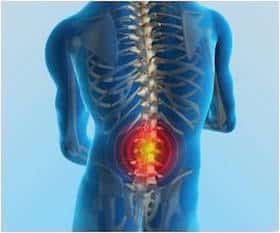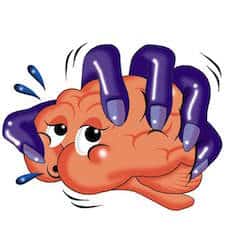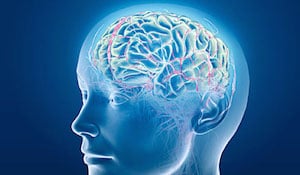emergency medicine neurology
Best Case Ever 11: Cauda Equina Syndrome
As a bonus to Episode 26 on Low Back Pain Emergencies with Dr. Brian Steinhart & Dr. Walter Himmel, we have Dr. Walter Himmel's own personal incredible case of Cauda Equina Syndrome. In the related Episode we will cover the most serious spinal and vascular causes that present with low back pain including Cauda Equina Syndrome, Spinal Epidural Abscess, Spinal Epidural Hematoma, Metastases to the spine, Abdominal Aortic Aneurysm and Retroperitoneal Hematoma. [wpfilebase tag=file id=394 tpl=emc-play /] [wpfilebase tag=file id=395 tpl=emc-mp3 /]






